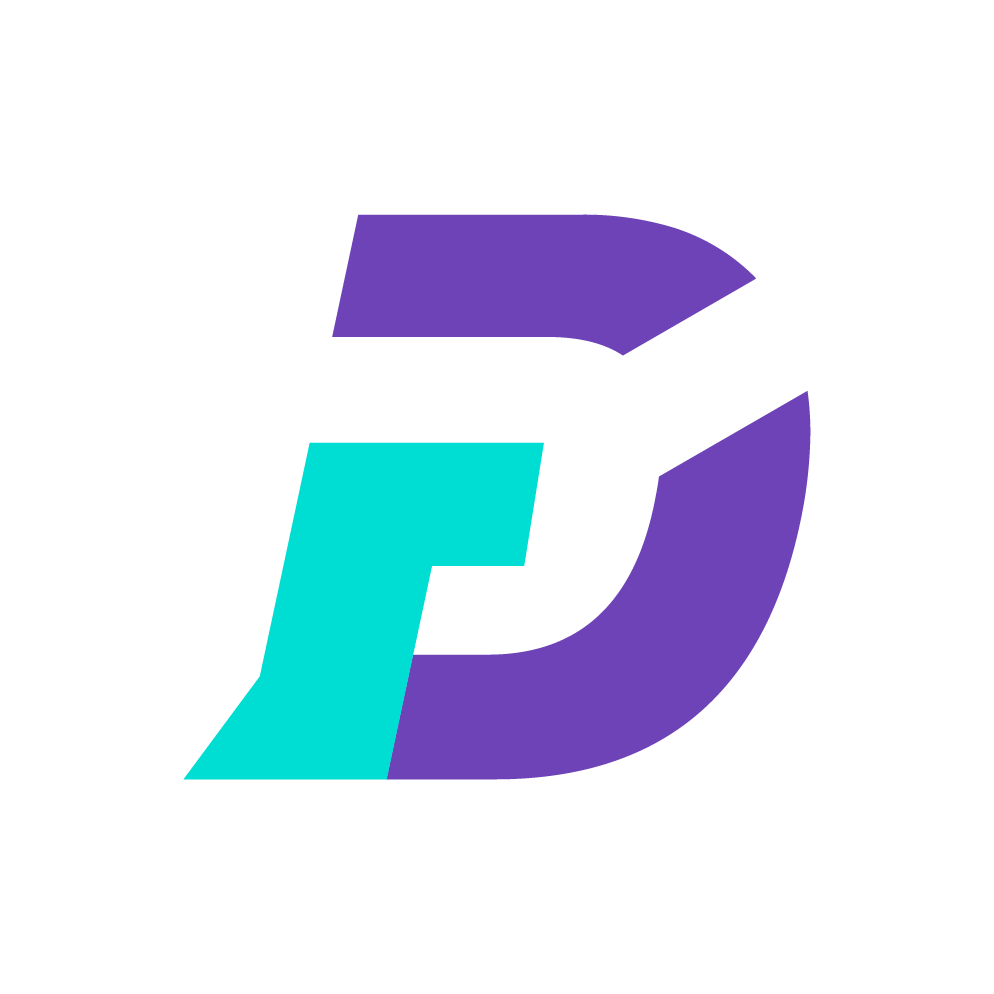
RNDR
项目开始时间

2017年10月1日
关于
1. Background IntroductionRender Network is a decentralized GPU rendering platform that connects artists and studios with idle GPU computing power. Founded by Jules Urbach, the platform leverages blockchain technology to democratize access to high-performance rendering resources. The project aims to disrupt the traditional rendering industry by creating a peer-to-peer marketplace for GPU power.2. Core Website ContentThe website showcases Render Network's decentralized rendering solutions, featuring use cases in 3D rendering, AI/ML workloads, and metaverse development. Key sections include: platform overview, developer resources, token information, and partnership announcements. The site emphasizes its OctaneRender integration and real-world adoption by major studios.3. Technical FeaturesRender Network utilizes a hybrid blockchain architecture with: 1) Distributed GPU rendering across nodes 2) Proof-of-Render consensus mechanism 3) OctaneRender compatibility 4) Multi-chain support (Solana, Polygon, Ethereum) 5) Scalable rendering job distribution. The platform supports real-time ray tracing and AI-assisted rendering workflows.4. Token EconomicsThe RNDR token serves as: 1) Payment medium for rendering services 2) Incentive mechanism for node operators 3) Governance token for protocol upgrades. Tokenomics include deflationary burns (0.5% fee), with total supply capped at 536M tokens. Current distribution: 25% team, 10% ecosystem, 65% public/mined.5. Competitive ComparisonCompared to centralized alternatives (AWS RenderFarm, Google Zync) and decentralized competitors (Golem, Akash), Render Network offers: 1) Specialized rendering optimization 2) Established industry partnerships 3) Native integration with OctaneRender 4) More mature artist community. However, it faces competition in general-purpose GPU computing markets.6. Risks and ChallengesKey challenges include: 1) Dependence on OctaneRender ecosystem 2) Competition from Web2 rendering services 3) GPU market volatility affecting node economics 4) Regulatory uncertainty for rendering-as-a-service 5) Scalability limitations during peak demand periods. The project must maintain technological edge while expanding use cases beyond traditional rendering.7. Industry FutureThe decentralized rendering market is projected to grow with: 1) Increasing demand for 3D content (metaverse, gaming) 2) AI-generated media requiring GPU resources 3) Shift toward distributed cloud infrastructure. Render Network is positioned to capture value from these trends but must expand into AI training workloads and real-time rendering to maintain leadership.8. SummaryRender Network presents an innovative blockchain solution for GPU rendering with strong technical foundations and industry adoption. While facing competition and market risks, its specialized focus and growing ecosystem provide competitive advantages. Success depends on executing its roadmap for AI/ML integration and maintaining network effects in the creative industries. 更多>























































 看多
看多
 看空
看空